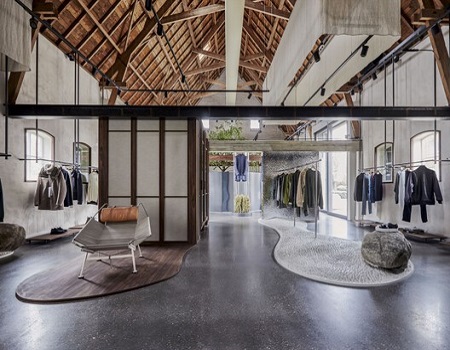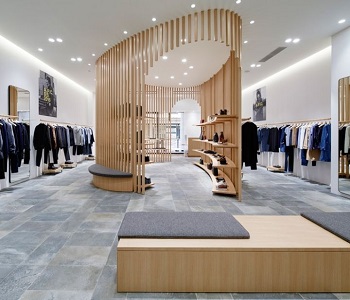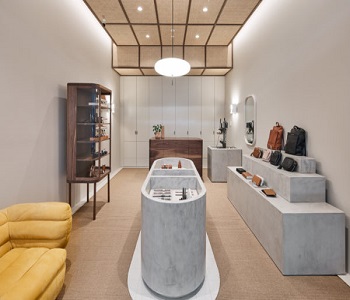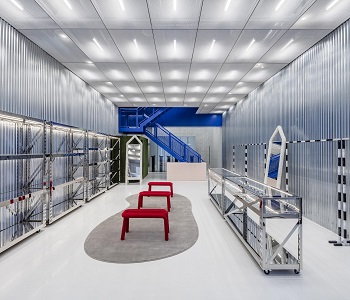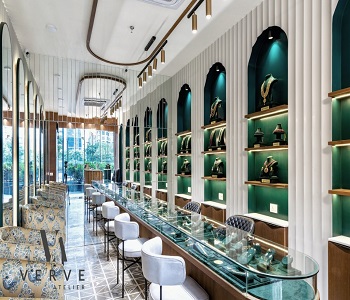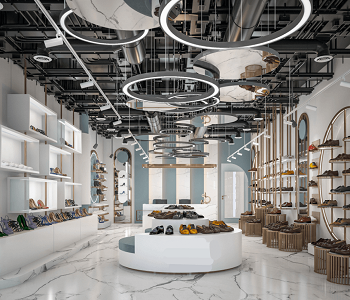Retail interior design plays a pivotal role in shaping the ambiance, functionality, and overall experience of a retail space. It's a multifaceted discipline that merges aesthetics with practicality, aiming to attract customers, enhance their shopping experience, and ultimately drive sales. From the layout of the store to the selection of colors, lighting, and furniture, every aspect of retail interior design is meticulously planned to create a cohesive and inviting environment.
One of the primary objectives of retail interior design is to captivate the attention of potential customers and draw them into the store. This begins with the storefront itself, where elements such as window displays, signage, and lighting are strategically designed to entice passersby. An appealing storefront not only grabs attention but also communicates the brand's identity and values, setting the stage for what customers can expect inside.
Once inside, the layout of the store plays a crucial role in guiding customers through the space efficiently while maximizing exposure to products. Various techniques, such as creating focal points, organizing merchandise into logical categories, and incorporating pathways that encourage exploration, are employed to optimize the flow of foot traffic and facilitate easy navigation. Additionally, the layout should accommodate peak traffic times and ensure that high-demand areas are easily accessible without creating congestion.Color scheme selection is another key aspect of retail interior design, as colors have a profound impact on mood and perception. Warm tones like reds and oranges can create a sense of urgency and excitement, perfect for areas showcasing promotions or limited-time offers. In contrast, cooler hues such as blues and greens evoke feelings of calmness and serenity, suitable for areas where customers might spend more time browsing or engaging with products. The careful integration of colors can influence purchasing decisions and contribute to a cohesive brand image.
Lighting is equally important in retail interior design, as it not only illuminates the space but also sets the mood and highlights merchandise. A well-lit environment enhances visibility, making products more appealing and enticing. Different types of lighting, including ambient, task, and accent lighting, are strategically combined to create layers of illumination that enhance the overall atmosphere and draw attention to key focal points. Additionally, lighting fixtures themselves can serve as decorative elements, adding visual interest to the space.
